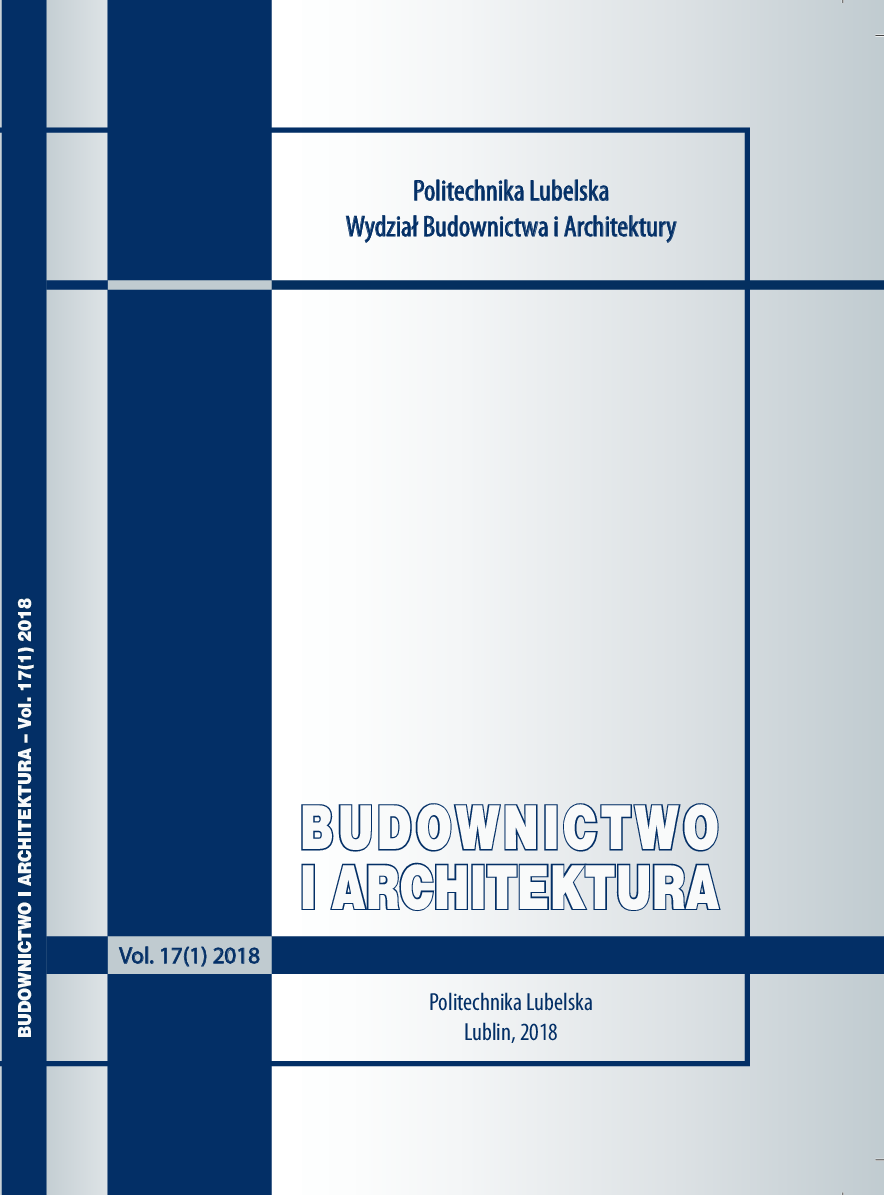Miejsca węzłowe jako elementy krystalizujące obszary mieszkaniowe powstałe w XX i XXI wieku
Node as elements crystallizing residential areas created in the XX and XXI century
Author(s): Grażyna Schneider-SkalskaSubject(s): Architecture
Published by: Biblioteka Politechniki Lubelskiej
Keywords: housing areas;nodes;urban models;
Summary/Abstract: The increase in the number of urban inhabitants means the increase in the number of dwellings, the enlargement of areas occupied by housing complexes, the visible phenomenon of spatial chaos, the lack of urban composition, forms and places crystallizing space. Diagnosis developed for the housing environment shows such features of newly created housing spaces as lack of continuity of communication systems, ineffective linkages of the land or ineffective localization of public services and green areas. Residential areas in the structure of the city dominate both in terms of occupied areas and the size of built structure. Hence their location should not be accidental, and their service program should not be residual and chaotic. Nodal areas as one of the crystallizing elements of the city space seem to be particularly desirable in the new residential areas created after 1989. The problem seems to be wider, as the study also indicates the lack of crystallization sites in the large multi-family housing estates of the 1960s and 1970s. Thinking about the system of nodal points leads directly to the return to models in urban planning. Nodes forming a network are functional-spatial determinants that can help in the continuation and reconstruction of the urban structure in areas that are not developing smoothly. They can set the scale and place in the hierarchy, introduce distinctive architectural expression leaving much freedom in shaping space between nodes.
Journal: Budownictwo i Architektura
- Issue Year: 17/2018
- Issue No: 2
- Page Range: 5-12
- Page Count: 8
- Language: Polish

